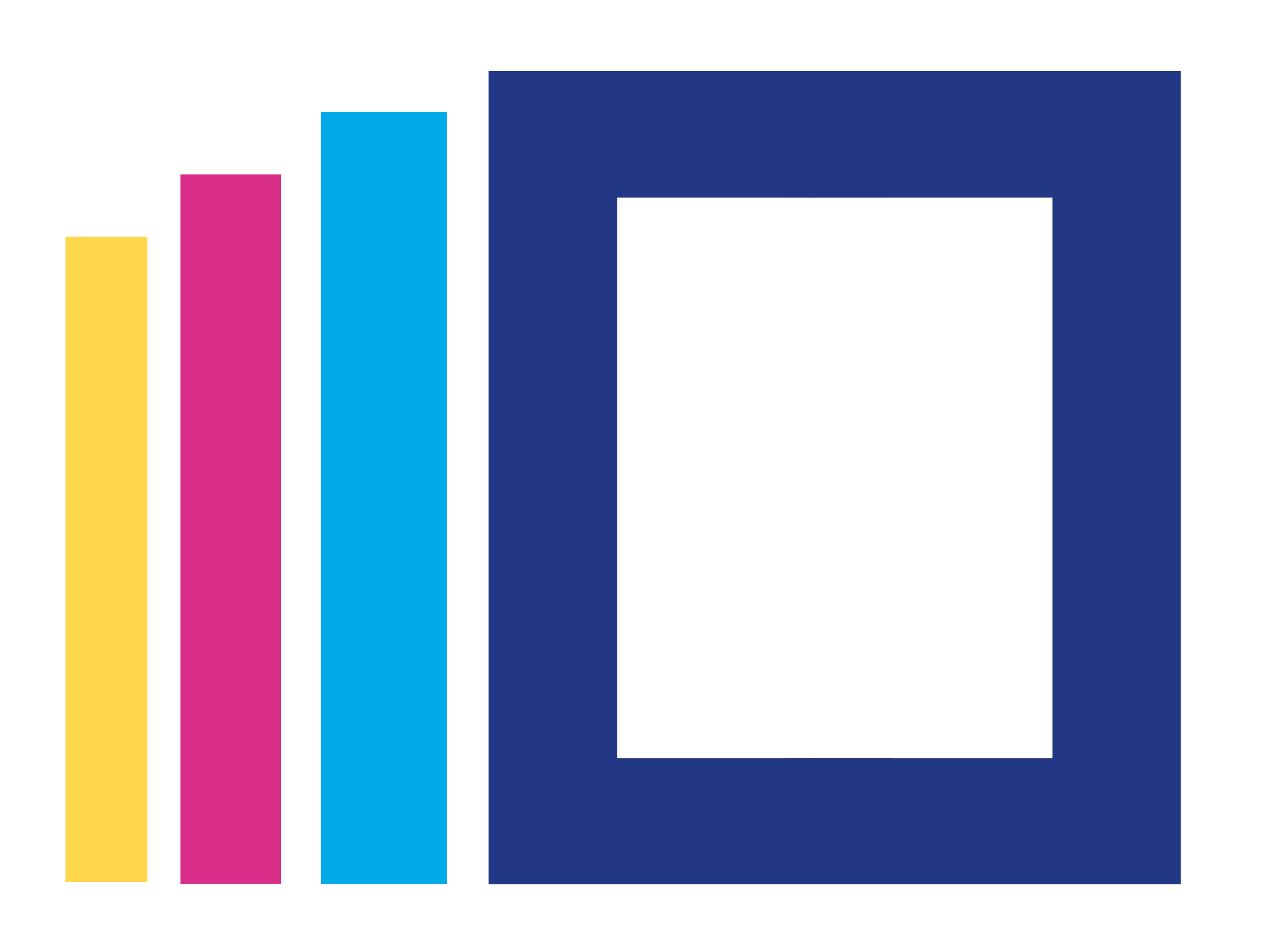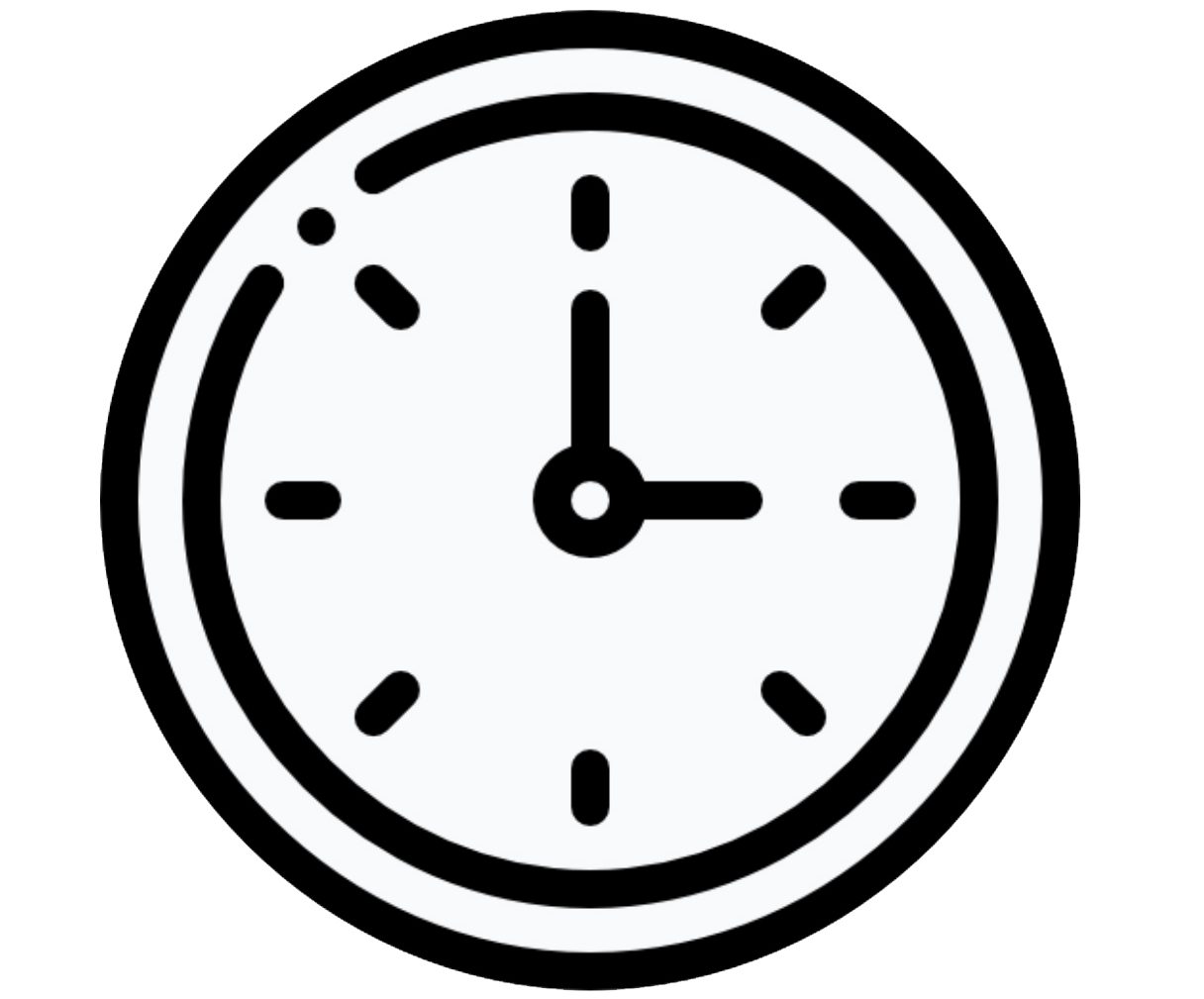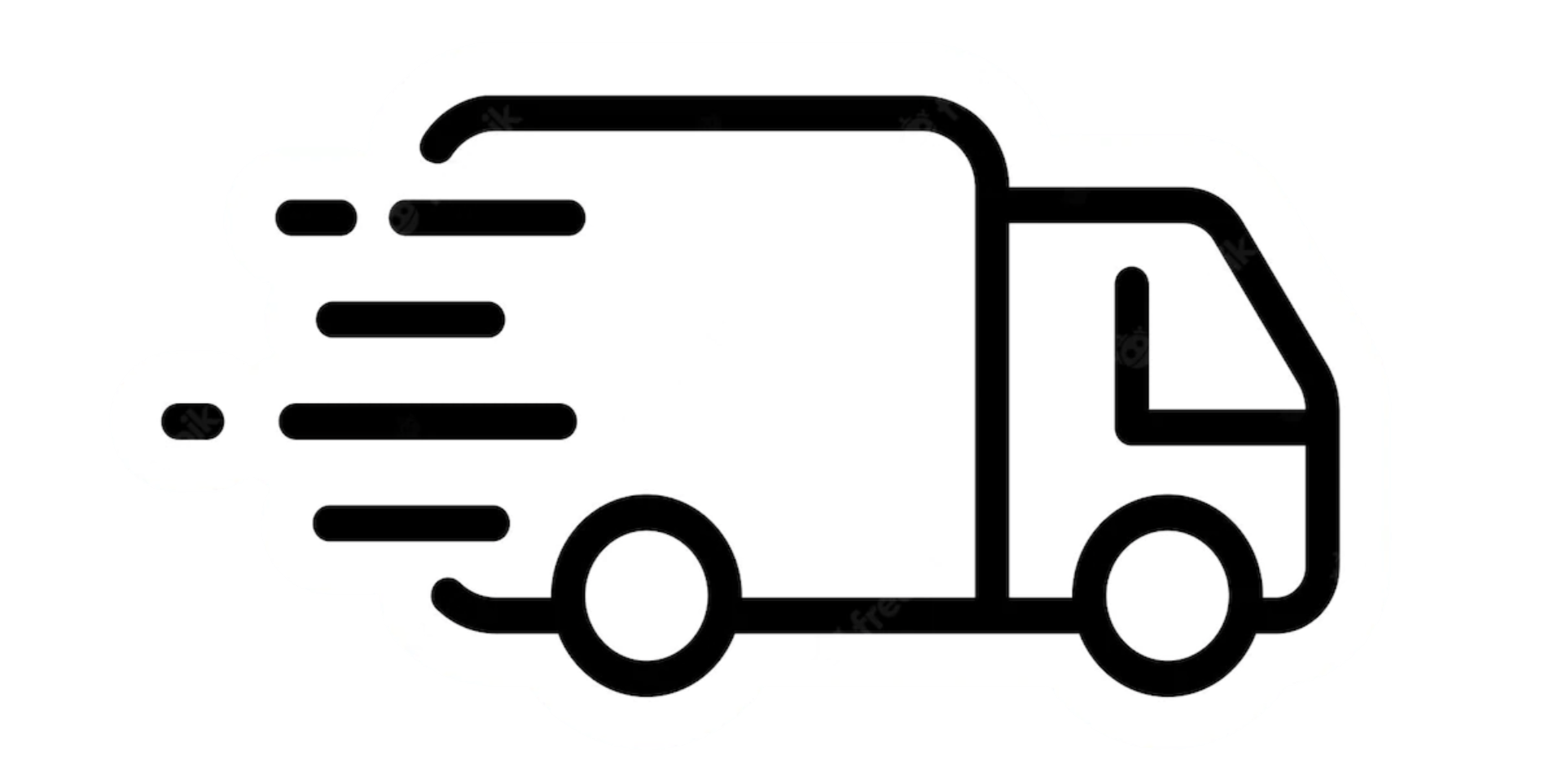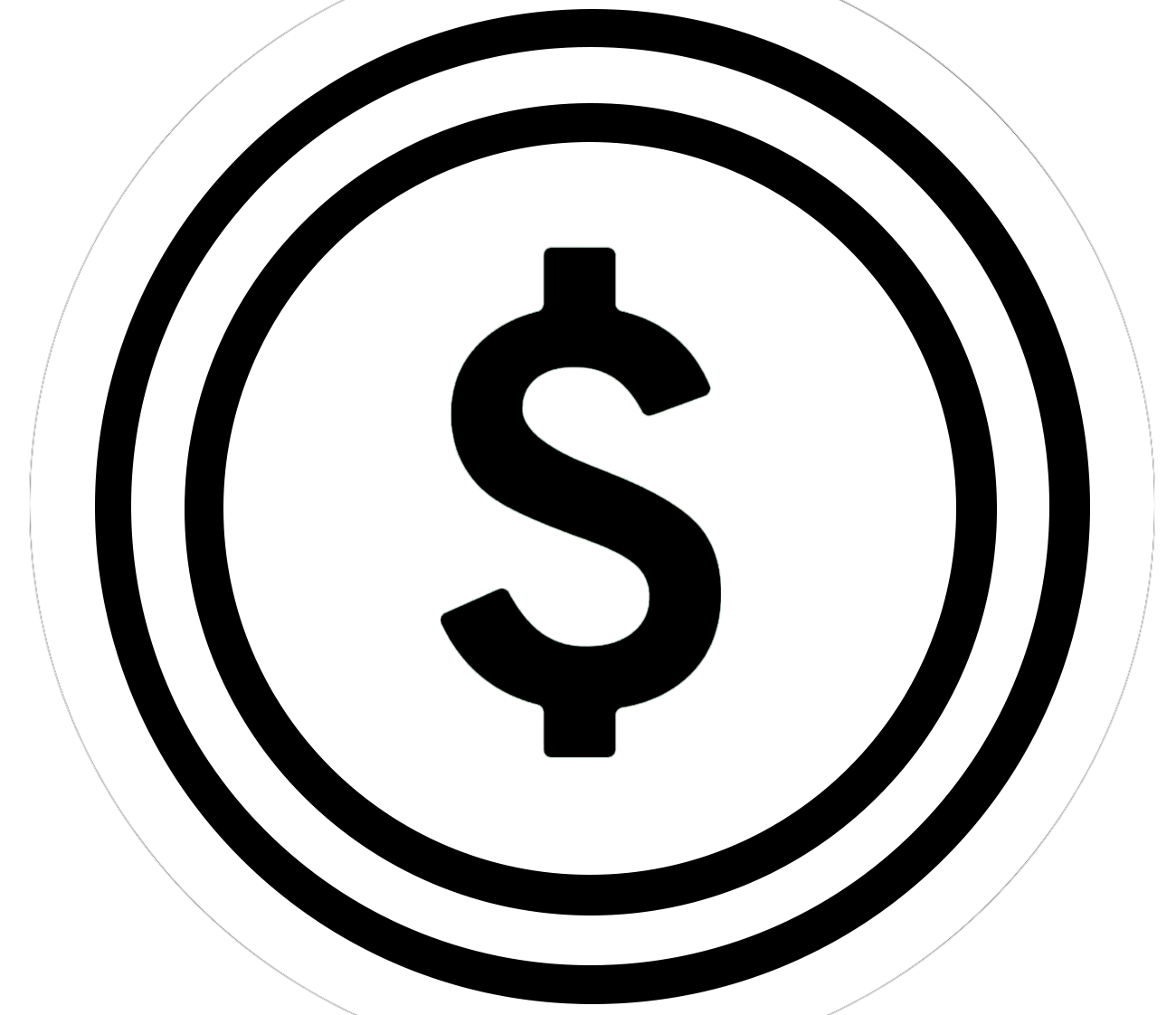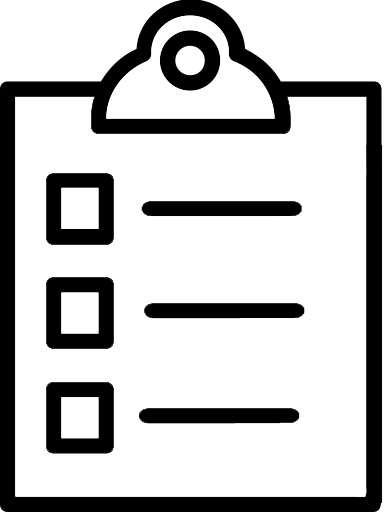Imagine you have a fantastic idea for a flyer promoting your upcoming lemonade stand. You see the design in your head perfectly: bright colors, a catchy slogan, and maybe even a picture of a super-refreshing glass of lemonade. But how do you get that image from your mind onto actual paper that’s where Design and Printing combines.
That’s where graphic designers come in! They act as a bridge between your creative vision and the final printed product. Graphic designers use their artistic skills and technical knowledge to transform your ideas into visually appealing designs that can be printed on flyers, posters, brochures, packaging, and more!
From Sketch to Print: The Graphic Design Process
So, how exactly do graphic designers bridge this gap between design and printing? Here’s a simplified breakdown of their process:
- Understanding Your Needs: The first step is for the graphic designer to chat with you, the client, to understand your vision. They’ll ask questions about your project, such as:
- What is the purpose of the design? (Is it to advertise a product, promote an event, or share information?)
- Who is your target audience? (Who are you trying to reach with your design?)
- What kind of feeling do you want the design to evoke? (Happy, exciting, professional, etc.)
- Conceptualizing and Sketching: Once the designer understands your needs, they’ll brainstorm some ideas and create rough sketches. These sketches are like the first draft of a story – they help you visualize different design options before moving on to the final product.
- Choosing Fonts and Colors: Fonts and colors play a huge role in setting the tone of your design. A graphic designer will choose fonts that are easy to read and complement the overall design style. They’ll also select colors that are eye-catching and relevant to your target audience.
- Putting it All Together: Using design software, the graphic designer will create a digital version of your design, incorporating the chosen fonts, colors, images, and layout. This is where your initial ideas come to life!
- Preparing for Print: Before sending the design to the printer, the graphic designer will ensure it meets all the printing specifications. This includes checking things like the color mode, resolution, and bleed (the extra bit of design that gets cut off during printing).
Working with a Printer: The Final Step
Once the design is ready for print, the graphic designer will collaborate with a printer to ensure the final product looks exactly as intended. They might need to adjust the design slightly to accommodate the printer’s capabilities.
The Importance of Working with a Skilled Graphic Designer
While anyone can slap some text and images together, a skilled graphic designer can make a world of difference in the final product. Here are a few reasons why working with a professional is important:
- Expertise in Design Principles: Graphic designers understand the principles of good design, such as balance, hierarchy, and contrast. They know how to arrange elements on a page to create a visually appealing and effective design.
- Knowledge of Printing Techniques: As mentioned earlier, preparing a design for print requires specific knowledge. A graphic designer will ensure your design translates well from screen to paper.
- Strong Communication Skills: A good graphic designer will actively listen to your ideas, ask clarifying questions, and keep you updated throughout the design process.
Conclusion:
Graphic designers play a crucial role in bridging the gap between your creative vision and the final printed product. Their skills and expertise ensure your ideas are translated into clear, visually appealing designs that get noticed! So next time you see a well-designed flyer, poster, or any printed material, remember the graphic designer who made the magic happen!
